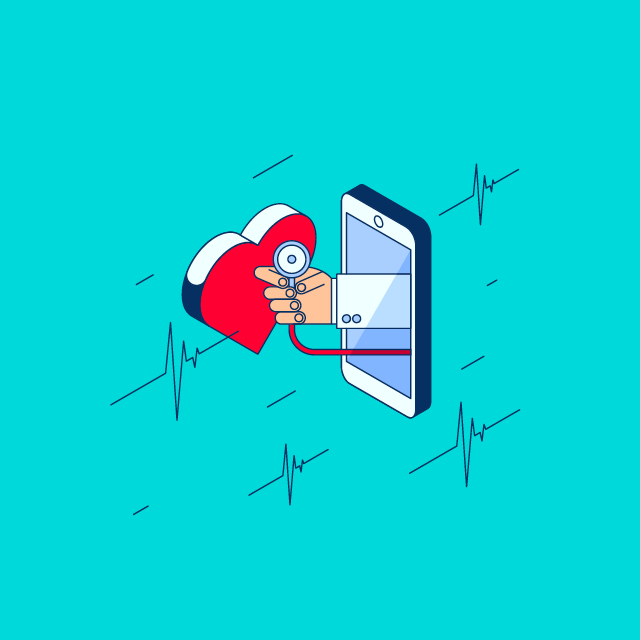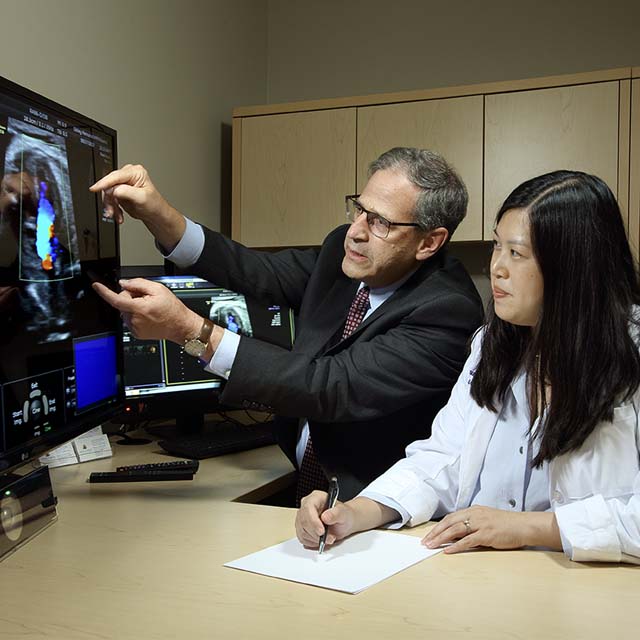The Department of Emergency Medicine at The Johns Hopkins Hospital had a problem: In the early hours of the morning, between midnight and 3 a.m., when fewer triage personnel were available, as many as 25 percent of patients got tired of waiting and left before being seen.
But telemedicine helped provide a solution, says assistant administrator Gai Cole.
To save the expense of hiring additional staff, the department invested in telemedicine equipment. Since April, patients with less urgent needs have been taken by a certified nursing assistant to an exam room that has a telemedicine cart. Using a handheld camera, the certified nursing assistant zooms in on wounds and peers into eyes, ears and throats, while a physician, via video conference, interacts with the patient and forms a treatment plan. More than 6,400 patients have been evaluated this way since the program started, says Cole — it’s been so successful that within four months of its use, the walk-out rate plummeted to 4.5 percent.
Expansion to Johns Hopkins Bayview Medical Center and Howard County General Hospital is an option.
It’s just one example of active telemedicine projects occurring across Johns Hopkins Medicine, says Rebecca Canino, administrative director for the recently created Office of Telemedicine. In other areas, neurologist Nicholas Maragakis uses telemedicine to conduct follow-up appointments with his patients who have amyotrophic lateral sclerosis (ALS); Johns Hopkins pediatric cardiologists provide echocardiography consults to patients at Sibley Memorial Hospital in Washington, D.C.; and patients presenting to Howard County General Hospital’s emergency department with eye problems are sometimes screened by ophthalmologists at the Wilmer Eye Institute rather than be automatically transferred to The Johns Hopkins Hospital’s emergency department.
More than 20 additional telemedicine projects are planned for the next year, Canino says, including a video visit offering that will allow patients to meet with several specialty physicians at the same time, making coordination of treatment possible.
The telemedicine office is also looking to incorporate the registration and copayment process within MyChart so patients can check in from home. Documentation for telemedicine visits, like that for in-person visits, is done through Epic, the electronic medical record.
Telemedicine appointments not only save patients the time and travel costs associated with in-person visits, Canino says, but are also more likely to start and end on time. Overall, patients and physicians like them, adds ophthalmologist Ingrid Zimmer-Galler, executive clinical director of the Office of Telemedicine. She says, “We use the internet to order our coffee, say hello to our friends and hold meetings, so why not see your physician online?”


